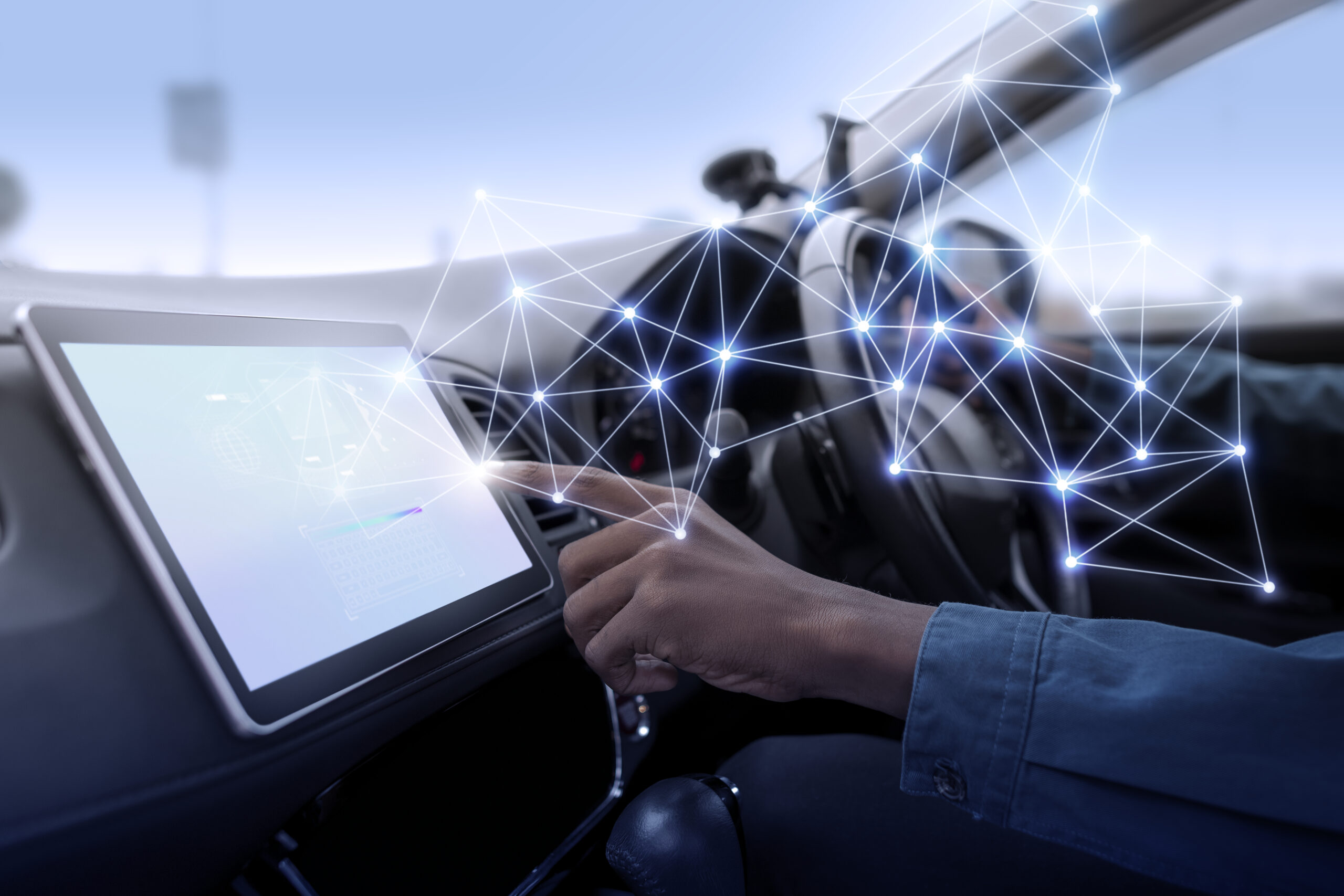The automotive industry is experiencing a significant transformation with the emergence of software-defined vehicles. This paradigm shift is redefining the way we perceive transportation, as vehicles become more connected, intelligent, and adaptable. In this blog, we will delve into the architecture of software-defined vehicles, exploring the underlying technologies and components that drive this revolutionary approach to mobility.
Understanding Software-Defined Vehicles
Software-defined vehicles are automobiles that leverage advanced software and computing technologies to enhance their capabilities and functionality. They rely on a sophisticated architecture that integrates various software and hardware components, enabling dynamic updates, improved safety features, and personalized user experiences.
Architecture Components
- Centralised Computing: At the core of a software-defined vehicle architecture lies a centralized computing platform, often referred to as the domain controller. This powerful system consolidates and manages the vehicle’s software functions, including infotainment, telematics, driver-assistance systems, and more.
- Electronic Control Units (ECUs): ECUs are responsible for controlling specific functions within the vehicle, such as the engine, brakes, or transmission. In software-defined vehicles, these ECUs are interconnected, allowing seamless communication and data exchange between different systems.
- Sensor Fusion: Software-defined vehicles rely on an array of sensors, such as cameras, lidar, radar, and ultrasonic sensors, to collect real-time data about the vehicle’s surroundings. Sensor fusion algorithms integrate and analyze this data, enabling advanced driver-assistance features, object recognition, and autonomous driving capabilities.
- Connectivity and Communication: Software-defined vehicles are equipped with robust connectivity, enabling seamless communication with external networks, infrastructure, and other vehicles. This connectivity facilitates over-the-air (OTA) updates, remote diagnostics, and integration with cloud-based services.
Virtualisation and Software Stacks
Software-defined vehicles employ virtualization techniques, allowing multiple applications and functions to run concurrently on the same hardware platform. This virtualization enables efficient resource utilization, isolation of critical systems, and flexibility in deploying and updating software components.
The software stack in a software-defined vehicle comprises different layers:
- Operating System: A real-time operating system (RTOS) or a hypervisor manages the execution of software components, ensuring timing predictability and system stability.
- Middleware: Middleware components facilitate communication between different software modules, enabling seamless integration and interoperability.
- Applications: Application layers encompass various functionalities, such as infotainment systems, navigation, advanced driver-assistance features, and vehicle management systems.
Benefits of Software-Defined Vehicles
- Flexibility and Agility: With the ability to update software components remotely, software-defined vehicles can adapt to changing technologies and consumer demands, ensuring a future-proof and customizable experience.
- Enhanced Safety: Advanced driver-assistance systems, sensor fusion, and real-time data analysis contribute to improved safety features, reducing the risk of accidents and enhancing overall road safety.
- Personalised User Experience: Software-defined vehicles can provide personalized services and preferences, such as customized infotainment options, connected services, and intelligent assistant functionalities.
- Efficient Maintenance and Upgrades: Over-the-air updates and remote diagnostics simplify maintenance processes, enabling bug fixes, security patches, and performance enhancements without the need for physical dealership visits.
The advent of software-defined vehicles represents a groundbreaking shift in the automotive industry. With their advanced architecture, integration of software and hardware components, and dynamic capabilities, these vehicles redefine mobility, safety, and user experiences. Embracing software-defined vehicle architecture opens up a world of possibilities, driving us towards a future where transportation is not just about getting from point A to point B but about seamlessly connecting with the digital world. The software-defined vehicle revolution is underway, and its impact on mobility and society promises to be transformative.

